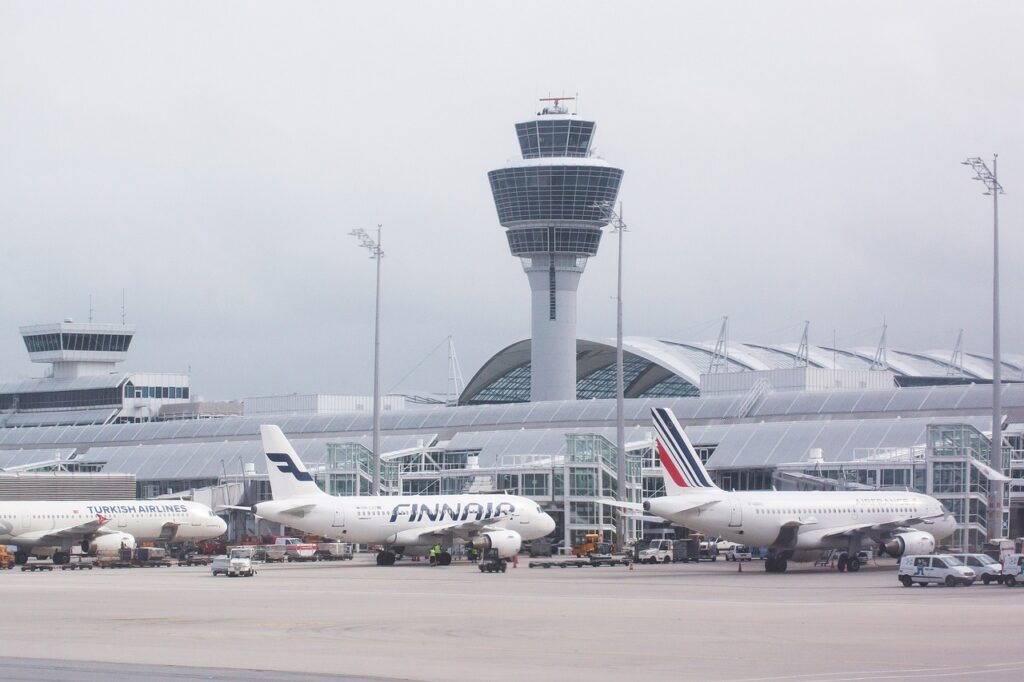In the realm of modern aviation, a fascinating concept has emerged: the “Zopalno Number Flight.” This term has captured the imagination of aviation enthusiasts, researchers, and travelers alike. What exactly is a Zopalno Number Flight? How did this phenomenon come to be? And why has it become a topic of intrigue in both professional and amateur aviation circles? In this article, we’ll delve deep into the mystery, origin, and potential implications of Zopalno Number Flights, shedding light on why they are quickly becoming a prominent talking point.
What is a Zopalno Number Flight?
At its core, the term “Zopalno Number Flight” refers to a theoretical concept in aviation that merges advanced numerical algorithms with cutting-edge flight operations. Although it sounds like something out of a science fiction novel, the Zopalno Number Flight has real-world applications that could revolutionize air travel.
The name “Zopalno” doesn’t have a direct etymological origin but is thought to be derived from a combination of technical aviation jargon and computational lexicon. It symbolizes the fusion of numbers, precision, and flight dynamics. A Zopalno Number Flight leverages sophisticated algorithms to optimize every aspect of a flight—from takeoff to landing—ensuring efficiency, safety, and sustainability.
Origins of the Zopalno Number Flight Concept
The concept of Zopalno Number Flight first gained traction in the late 2010s when aviation experts started experimenting with machine learning and artificial intelligence in flight management systems. While traditional aviation relied heavily on human judgment and basic automated systems, the new approach sought to bring mathematical precision to an industry known for its complexity and variability.
The idea was championed by aerospace engineers and mathematicians working in collaboration with leading tech companies. By integrating real-time data analytics, meteorological patterns, and predictive modeling, the Zopalno Number Flight emerged as a blueprint for next-generation aviation strategies.
Key Features of Zopalno Number Flights
Zopalno Number Flights distinguish themselves from conventional flights in several ways:
- Data-Driven Flight Optimization Every flight is guided by an intricate web of data points, from weather conditions to air traffic density. These data inputs are continuously processed to adjust flight paths, speeds, and altitudes for maximum efficiency.
- Fuel Efficiency By calculating optimal flight paths and engine performance metrics in real time, Zopalno Number Flights can significantly reduce fuel consumption. This has profound implications for both cost savings and environmental sustainability.
- Enhanced Safety Predictive algorithms analyze potential risks, such as turbulence or mechanical failures, before they occur. This proactive approach to safety management minimizes in-flight emergencies.
- Customized Passenger Experience The Zopalno framework allows airlines to tailor flight experiences for passengers. From smoother rides to reduced travel times, every aspect of the journey is optimized for comfort and convenience.
The Technology Behind Zopalno Number Flights
The backbone of a Zopalno Number Flight lies in its technology stack. Here are some of the critical components that make it possible:
- Artificial Intelligence (AI) and Machine Learning AI systems analyze historical and real-time data to predict optimal flight conditions. Machine learning algorithms learn from each flight, continuously improving their accuracy.
- Quantum Computing While still in its infancy, quantum computing is expected to play a significant role in future Zopalno Number Flights. Its unparalleled processing power can solve complex calculations in seconds, which would otherwise take traditional computers hours or even days.
- Internet of Things (IoT) IoT devices embedded within aircraft collect and transmit data about engine performance, cabin conditions, and more. This interconnected network ensures seamless communication between various systems.
- Advanced Weather Modeling Real-time meteorological data is integrated into flight planning to avoid adverse conditions. This not only enhances safety but also minimizes delays and disruptions.
Practical Applications
While the concept of Zopalno Number Flights is still evolving, its potential applications are vast and varied. Here are some areas where it could make a significant impact:
- Commercial Aviation Airlines could adopt Zopalno strategies to streamline operations, reduce costs, and enhance passenger satisfaction. The ability to predict and adapt to conditions in real time would give carriers a competitive edge.
- Cargo Transportation By optimizing routes and schedules, Zopalno Number Flights could revolutionize the logistics industry. Faster delivery times and reduced fuel consumption would benefit businesses and consumers alike.
- Emergency and Humanitarian Missions Zopalno technology could be a game-changer for emergency response teams. Whether delivering medical supplies to remote areas or coordinating disaster relief efforts, optimized flights could save lives.
- Military Operations In defense, the precision and adaptability of Zopalno Number Flights could enhance mission success rates while minimizing risks.
Challenges and Criticisms
Despite its promising potential, the Zopalno Number Flight concept is not without challenges. Some of the criticisms and hurdles include:
- High Implementation Costs Developing and deploying the necessary infrastructure for Zopalno Number Flights requires significant investment. Many airlines and organizations may find these costs prohibitive.
- Technological Limitations While the technology behind Zopalno Flights is advanced, it’s not infallible. Errors in data interpretation or algorithm design could lead to unforeseen complications.
- Regulatory Hurdles Aviation is a heavily regulated industry. Integrating Zopalno systems into existing frameworks will require extensive collaboration with regulatory bodies.
- Public Perception Passengers may be wary of placing their trust in AI-driven systems. Building confidence in the technology will be crucial for widespread adoption.
The Future of Zopalno Number Flights
As technology continues to evolve, the concept of Zopalno Number Flights is expected to become a reality. Here are some trends to watch:
- Collaboration Across Industries Partnerships between tech companies, airlines, and government agencies will drive innovation. Collaborative efforts will be key to overcoming challenges and unlocking the full potential of Zopalno technology.
- Increased Sustainability With growing concerns about climate change, Zopalno Number Flights could play a pivotal role in reducing aviation’s carbon footprint. From fuel efficiency to optimized flight paths, the environmental benefits are undeniable.
- Passenger-Centric Innovations Future developments may focus on enhancing the passenger experience. From personalized in-flight services to reduced travel times, Zopalno systems could redefine air travel.
- Global Standardization For Zopalno Number Flights to achieve widespread adoption, global standards and protocols will need to be established. This will ensure interoperability and consistency across borders.
Conclusion
The concept of Zopalno Number Flight represents a bold step forward in the world of aviation. By combining advanced technology with innovative thinking, it has the potential to transform how we travel, transport goods, and respond to emergencies. While challenges remain, the benefits far outweigh the obstacles, making Zopalno Number Flights a promising frontier in aviation.
As researchers and industry leaders continue to explore this fascinating phenomenon, one thing is certain: the future of air travel is bright, efficient, and firmly rooted in the principles of Zopalno. Whether you’re an aviation enthusiast or simply a curious traveler, the Zopalno Number Flight is a concept worth keeping on your radar.


